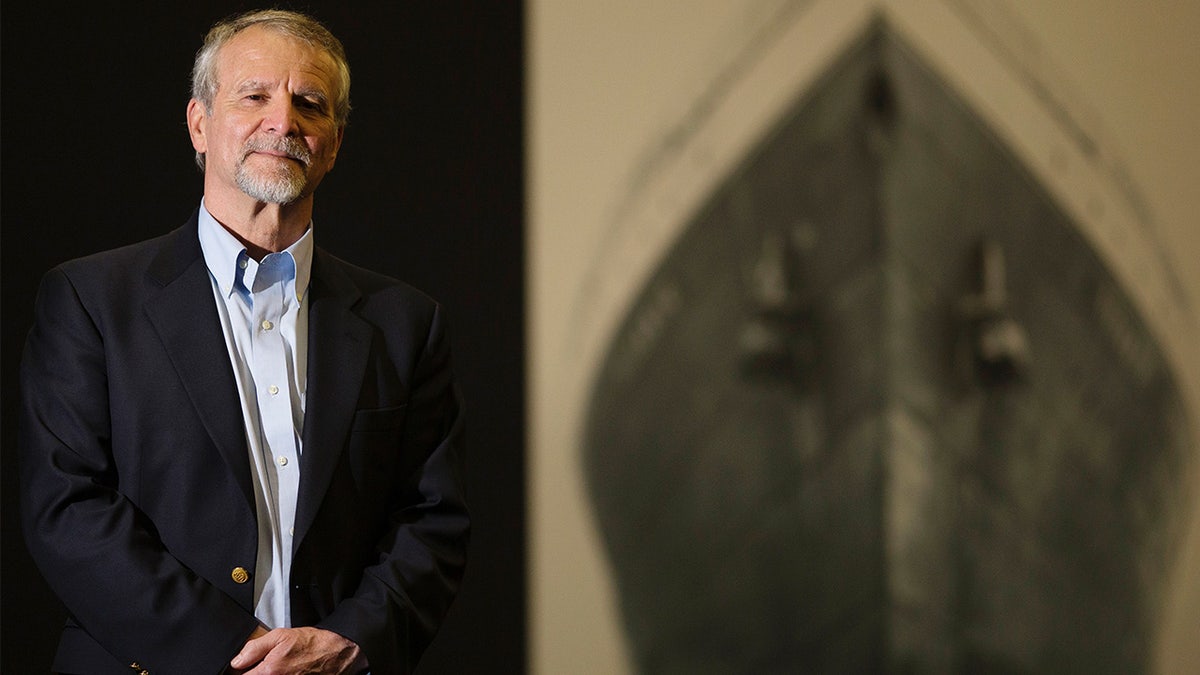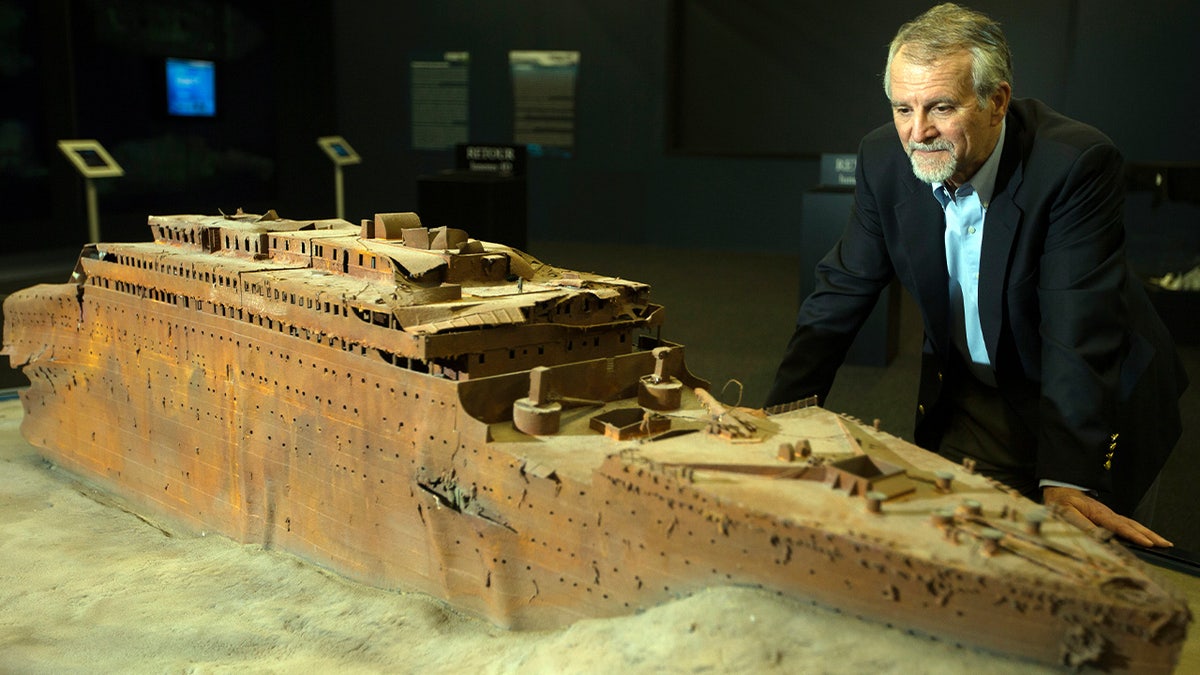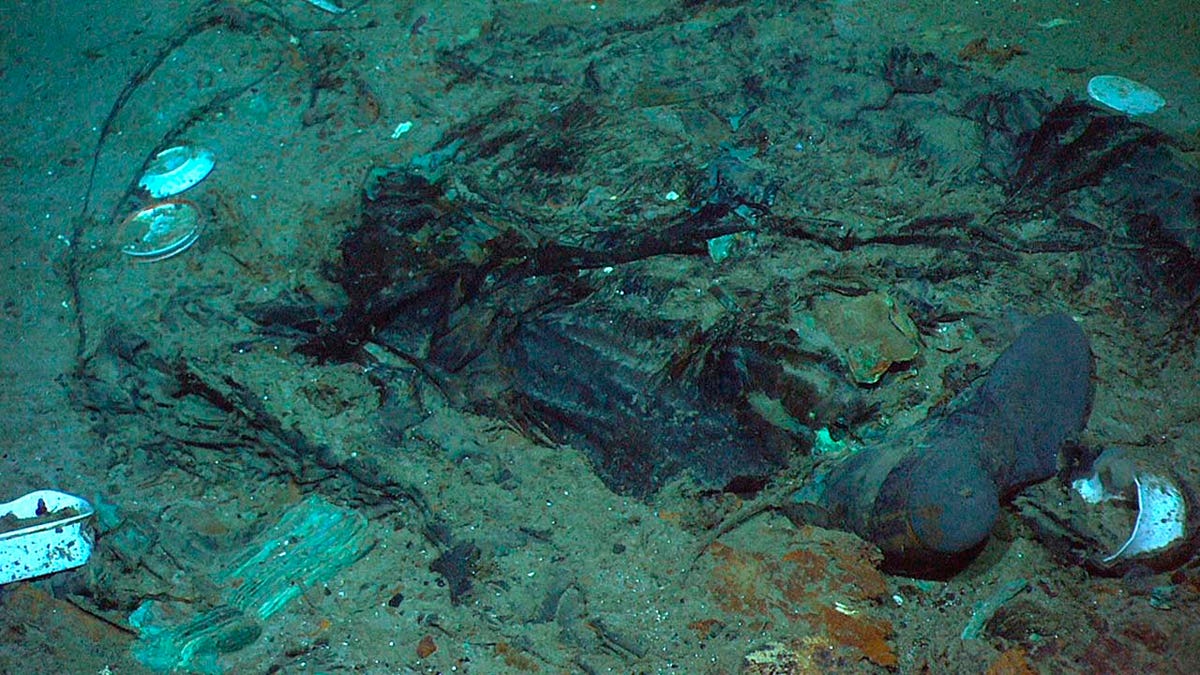A submersible expedition to the Titanic wreckage has gone missing, and among those feared lost is Paul-Henry Nargeolet, a renowned French mariner and leading expert on the Titanic. Nargeolet's presence on the vessel was confirmed in a social media post by fellow passenger and British billionaire Hamish Harding the day before the ill-fated mission began.

Nargeolet boasts a distinguished career in deep-sea exploration, having served over two decades in the French Navy, reaching the rank of Commander. Following his retirement from the military in 1986, he joined the French Institute for Research and Exploitation of Sea, specializing in deep submersible operations. He spearheaded the first Titanic recovery expedition in 1987 and has been involved in numerous dives to the wreck site since the 1980s, overseeing the retrieval of thousands of artifacts, even a massive 20-ton section of the ship's hull.
He currently serves as the Director of Underwater Research for E/M Group and RMS Titanic, Inc., solidifying his reputation as a foremost authority on the sunken vessel. In a 2019 interview, Nargeolet offered a sobering perspective on the dangers of deep-sea exploration, noting that at extreme depths, the outcome is the same regardless of the distance from the surface.

The missing submersible, operated by OceanGate Expeditions, lost contact with its support vessel approximately an hour and 45 minutes after submerging on Sunday morning. The vessel, carrying five individuals, including Nargeolet and Harding, was on OceanGate's third yearly voyage to document the Titanic's deterioration. The Canadian Coast Guard and military aircraft joined the search efforts led by the U.S. Coast Guard in Boston. Time is of the essence, as the submersible had a 96-hour oxygen supply, starting Sunday morning.

The Titanic, which tragically sank in 1912 after hitting an iceberg, has been gradually deteriorating due to metal-eating bacteria. Experts believe the wreckage could disappear within decades. This expedition aimed to document this decay and preserve the historical record of this maritime disaster.
Comments(0)
Top Comments